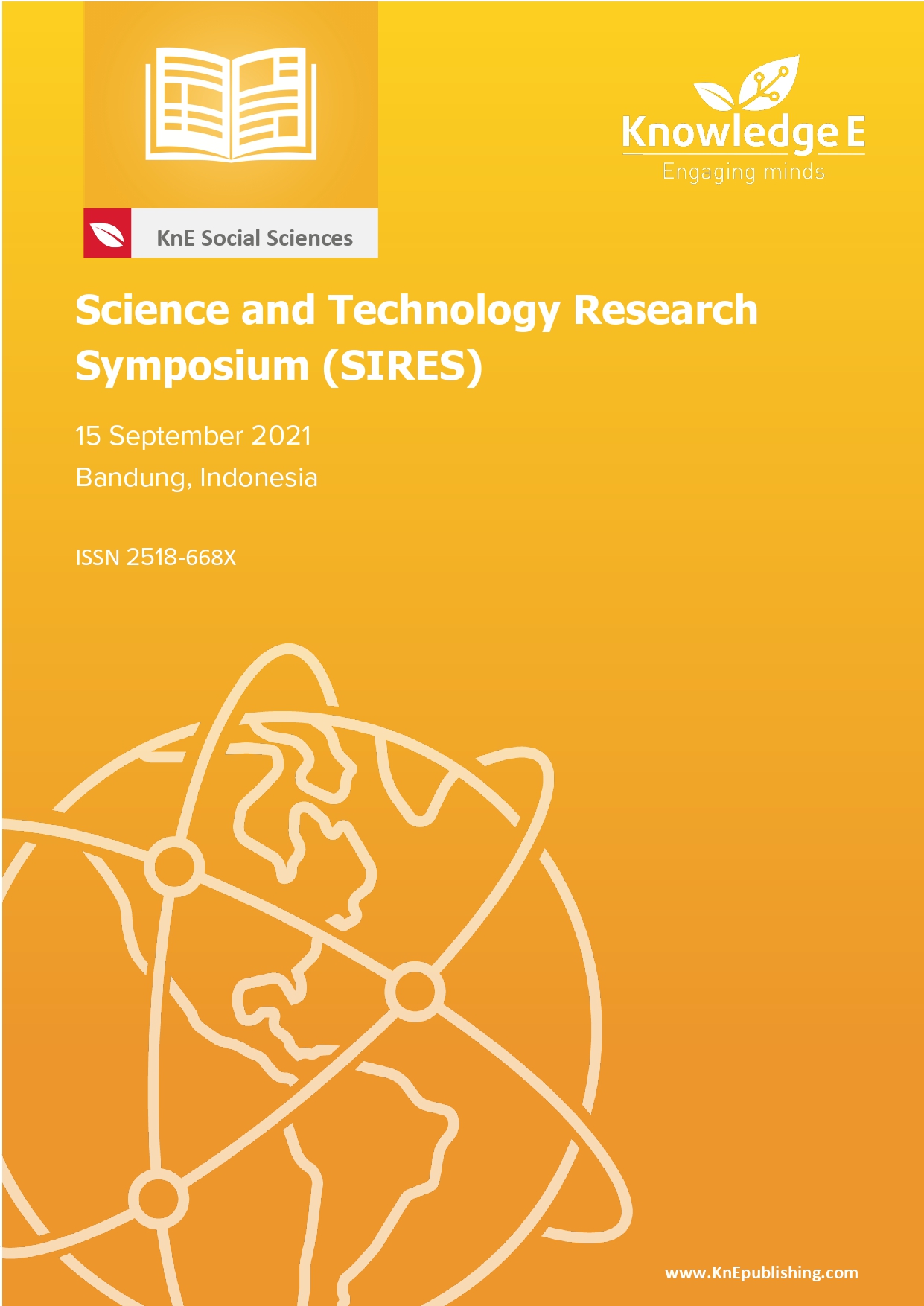Chinese Proficiency Test-based Teaching Scheme in Xth and XIth Grades of Bina Widya National Trilingual School Solo
DOI:
https://doi.org/10.18502/kss.v0i0.12302Abstract
The Chinese Proficiency Test or Hanyu Shuiping Kaoshi (HSK) is an international standardized tool to measure the Chinese language competence of non-native learners. Bina Widya Trilingual National School Solo is a school that emphasizes foreign language teaching, Chinese language in particular. The school always promotes learners to pursue higher education in China, where one of the requirements to enter a Chinese College is the HSK certificate. Thus, it is important to create a Chinese Proficiency Test-based teaching scheme to provide a general picture of Chinese language teaching that focuses on the outcomes according to the levels of HSK for the teachers. The modified Development Method of Sugiyono was employed in this study. The research included identifying the potential and problem, collecting the data, validating the design, designing the product, revising the design, testing the product, revising the product, and finally producing the final product. Through the Chinese Proficiency Test, the teachers could actively create the Chinese language teaching concept for the best outcomes.
Keywords: scheme, pedagogy, Chinese language, HSK
References
[2] Haryanti S. Penerapan sistem pembelajaran Bahasa Mandarin di beberapa sekolah di Indonesia. Lingua Cultura. 2011;5(2):136‒43.
[3] Huda M. Model-model pengajaran dan pembelajaran. 4th ed. Yogyakarta: Pustaka Pelajar; 2014.
[4] Liang H. Xin Hanyu Shuiping Kaoshi, jingjiang jinglian. 4th ed. Beijing: Beijing Language and Culture University Press; 2012.
[5] Sugiyono. Metode penelitian kualitatif, kuantitatif, dan R&D. Bandung: Alfabeta; 2009
[6] Buku panduan persiapan HSK 4A. Jakarta: Legacy.
[7] Buku panduan persiapan HSK 4B. Jakarta: Legacy.
[8] HSK Test Syllabus. Beijing: People’s Education Press.

